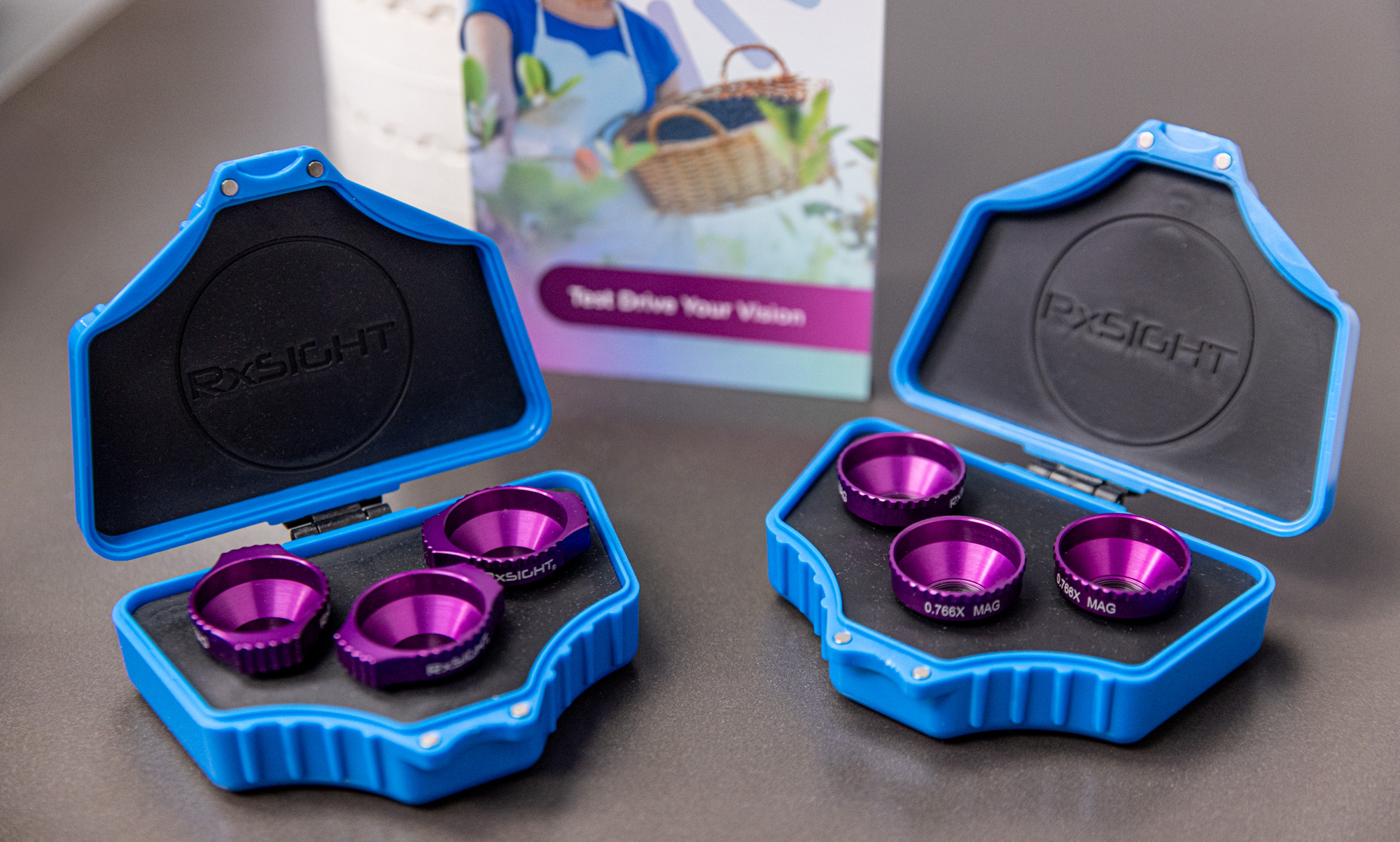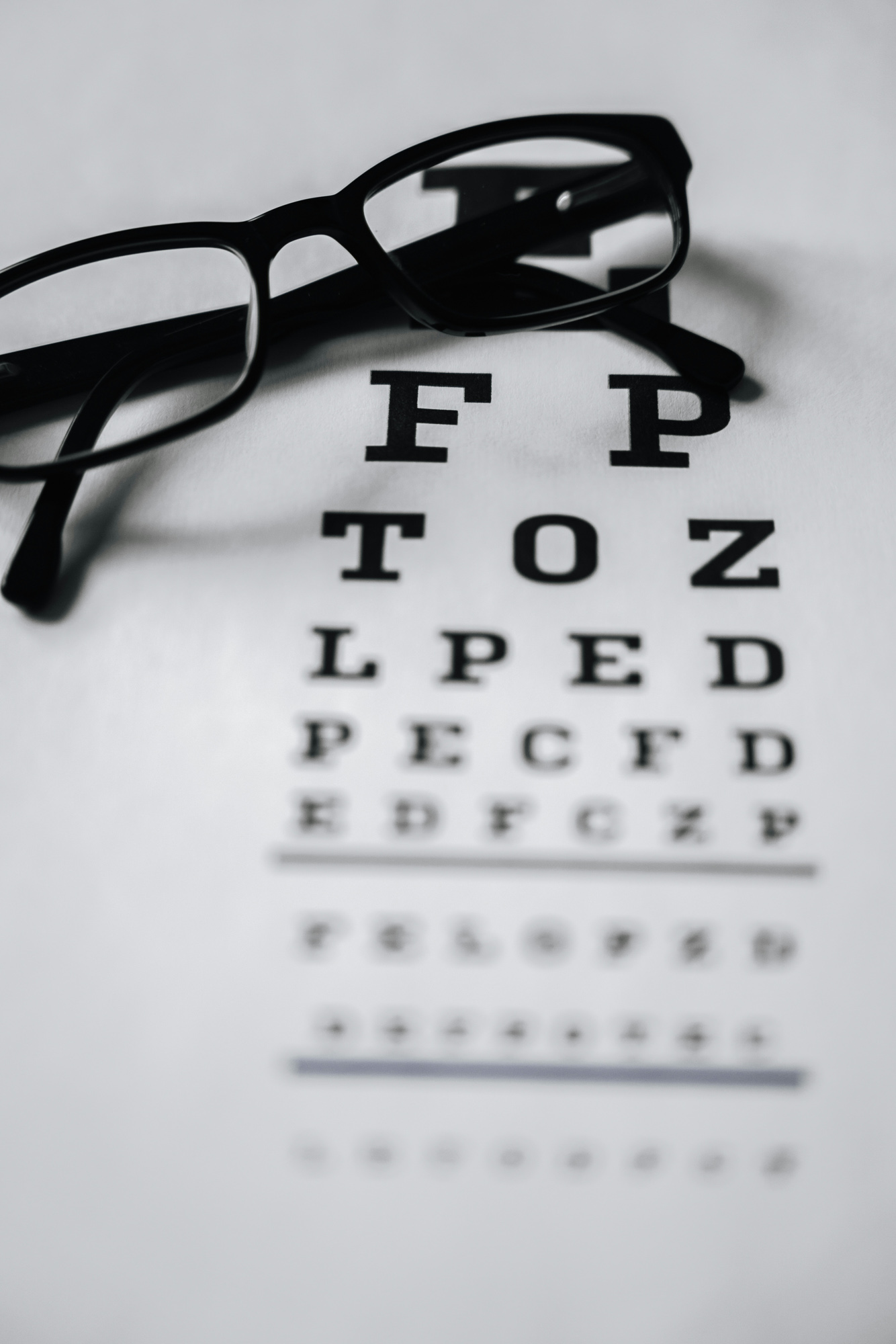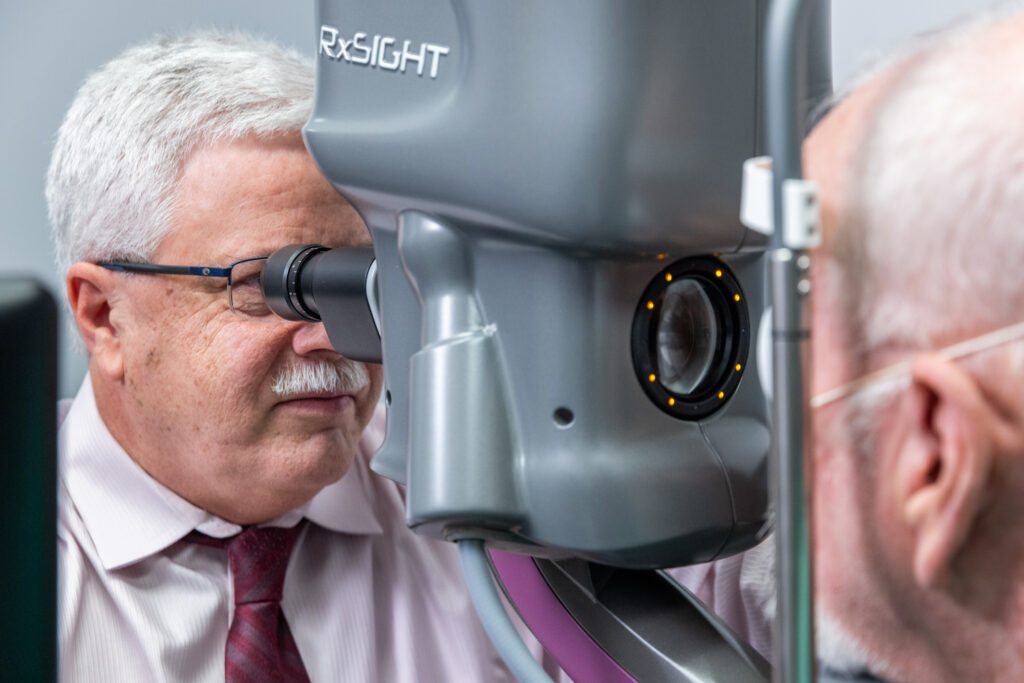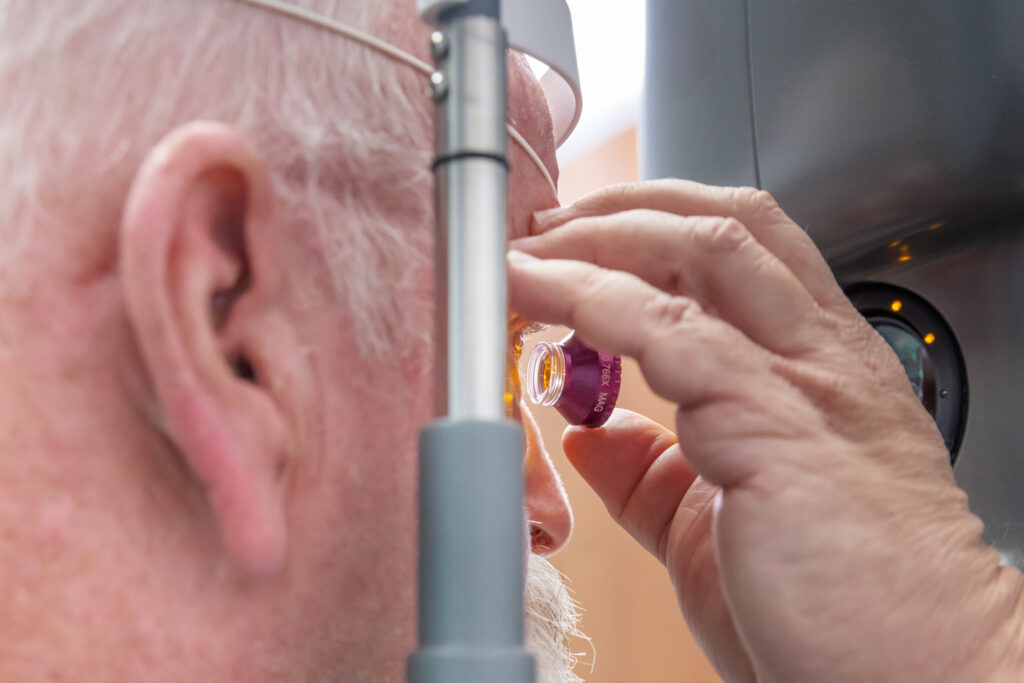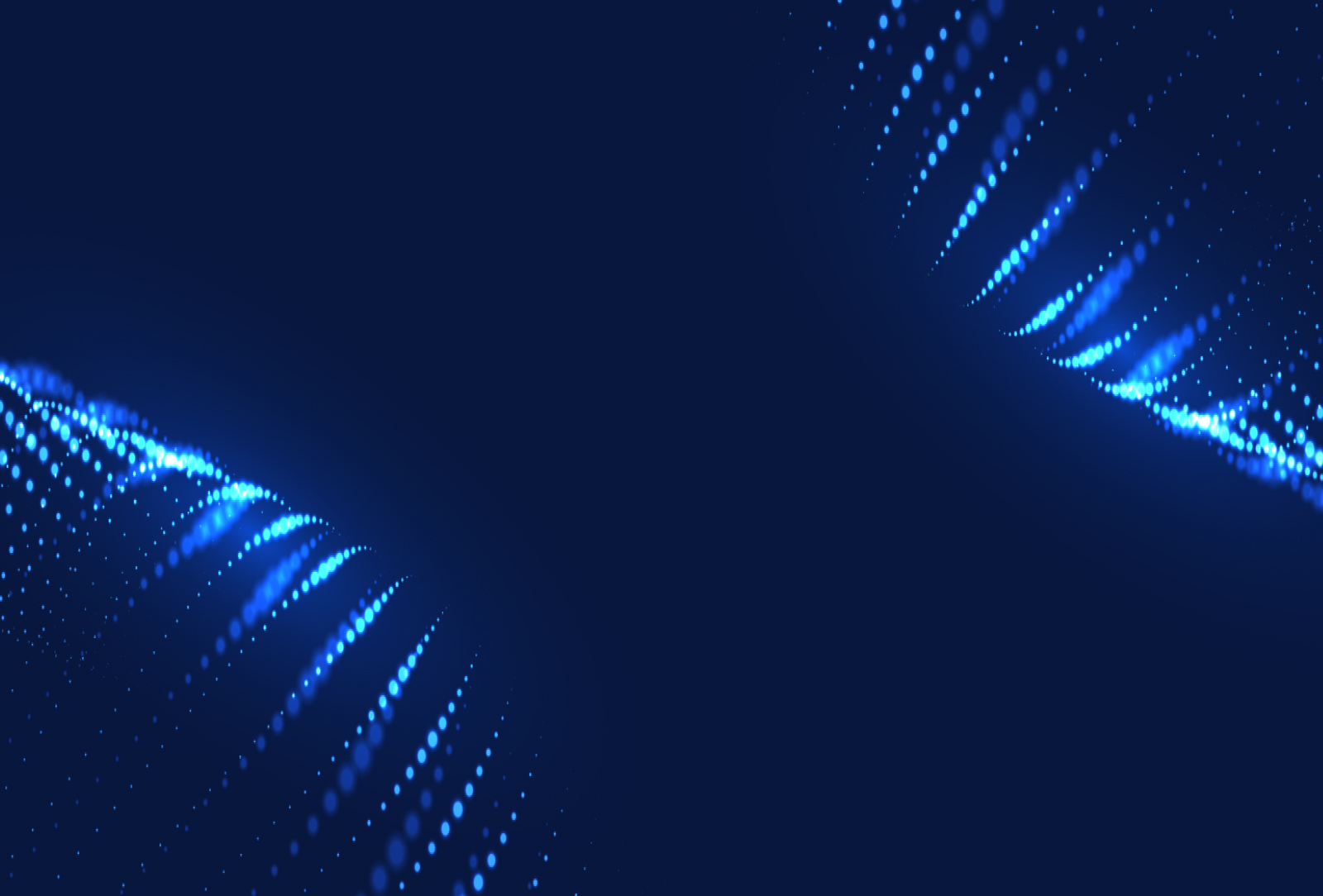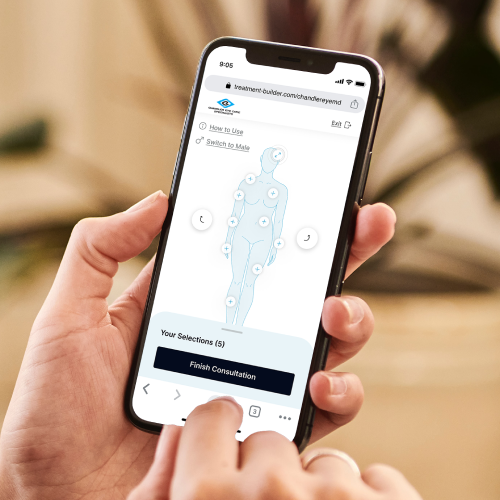Cataracts cause a clouding of the eye’s lens, which can lead to vision impairment. The lens in the eye is the transparent part that directs light onto the retina. If the lens becomes cloudy, it can make it difficult for light to pass through, resulting in vision that is blurred or distorted.
Explore Your Options
Use our interactive tool to discover personalized treatment options based on your unique needs.
